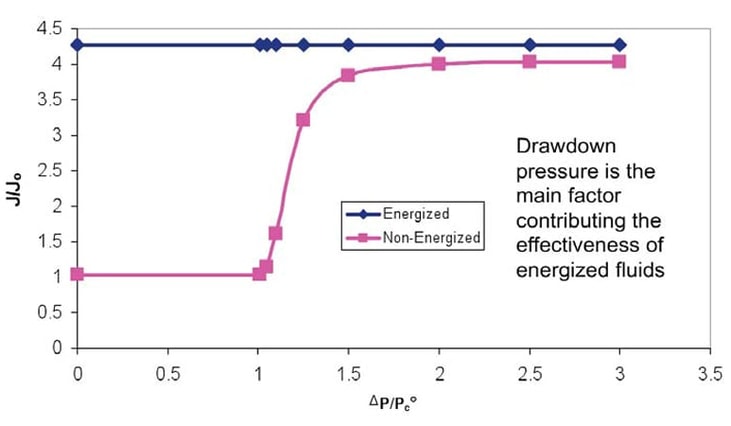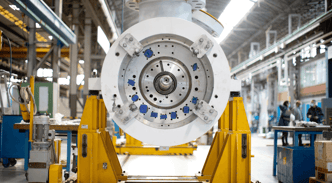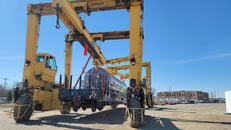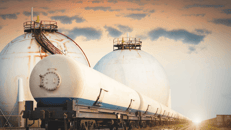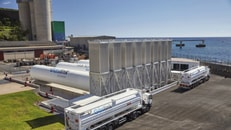Unleashing the Economic Value of Unconventional Reservoirs Using Energized Fracturing
Unconventional reservoirs present unique challenges for energy producers and oilfield service companies that seek to extract the maximum economic lifetime potential from their wells. These reservoirs, including shale, tight sands, and coalbed methane (CBM) formations, are defined by their low permeability, low-to-no porosity, and need for stimulation for economic production.
No two formations are alike and often are characterized by significant variability within the same formation, thus requiring varying stimulation techniques. Unleashing the value of these unconventional reservoirs relies heavily on the methods of horizontal drilling combined with hydraulic fracturing (Figure 1).
Recent studies indicate that fracturing with solutions energized by carbon dioxide (CO2) or nitrogen (N2) can economically achieve significantly more hydrocarbon recovery than non-energized approaches. One such study found that use of energized fluids improved well performance by 1.6 to 2.1 times compared to non-energized solutions. While CO2 and N2 share a long history in well stimulation and fracturing, more common fracturing fluids today are gelled or water-based (nonenergized). This article, written from the perspective of an industrial gas provider, not that of an energy producer or service provider, reviews the benefits of energized fluids to unleash economic value.
Fracturing Challenges
Non-energized fracturing fluids can leave liquids trapped in low-permeability, tight, depleted, or water-sensitive formations. Fluid remaining in the formation lowers the conductivity of the reservoir, reducing or impeding the flow of oil and gas. Often times, in water-based fracturing, the majority of water is never recovered. Energizing the fracturing fluid with CO2 or N2 will improve the total flowback volume and rate, as well as, when foamed, significantly lower the total and liquid leak-off coefficient, minimizing fluid retention.
... to continue reading you must be subscribed

